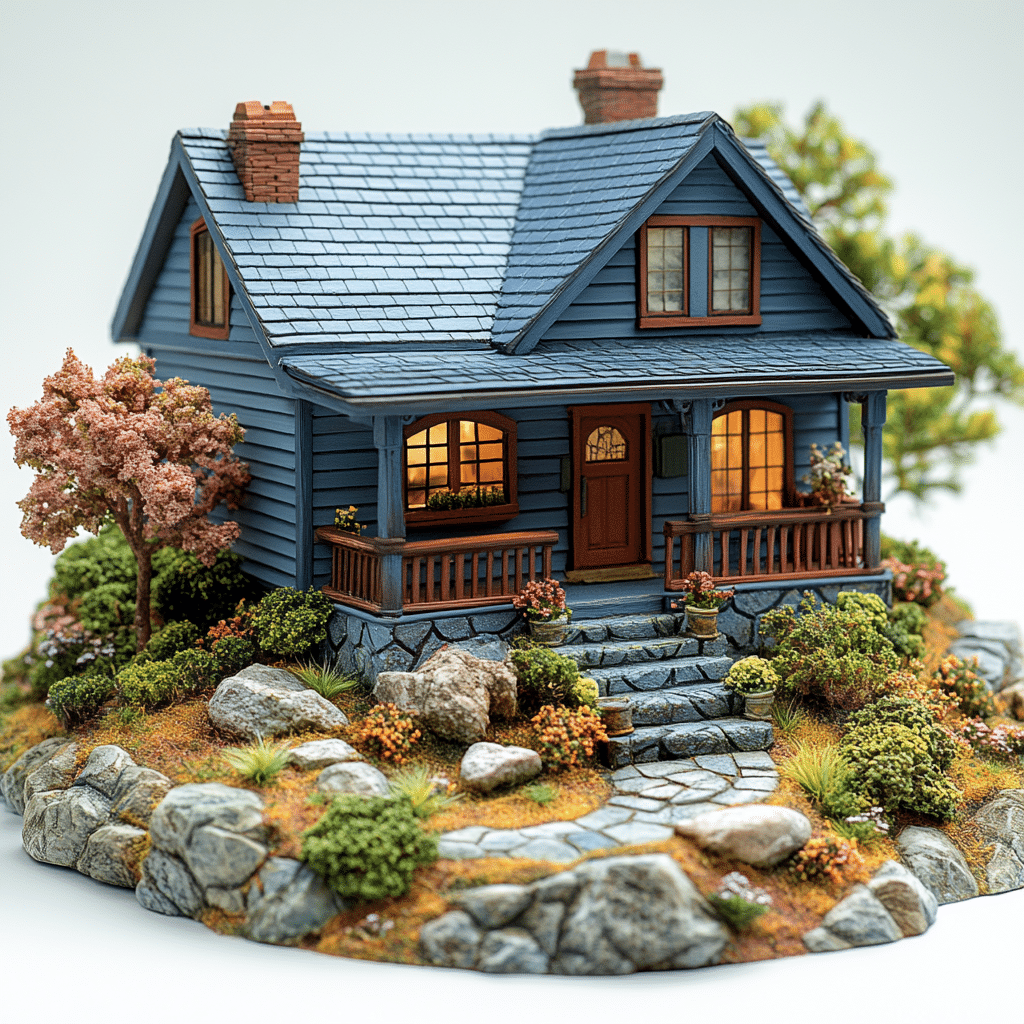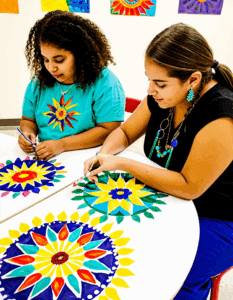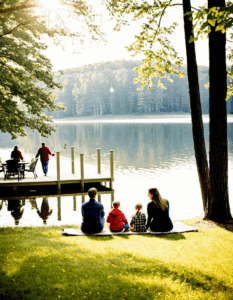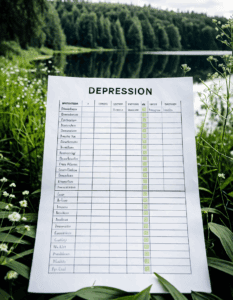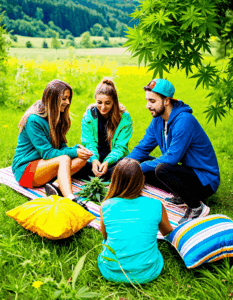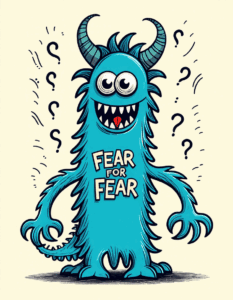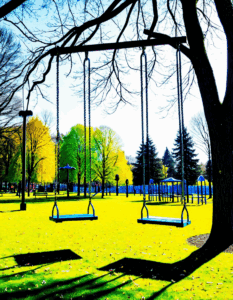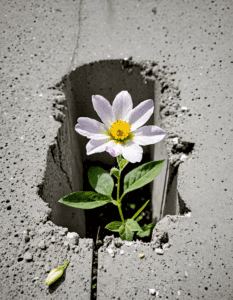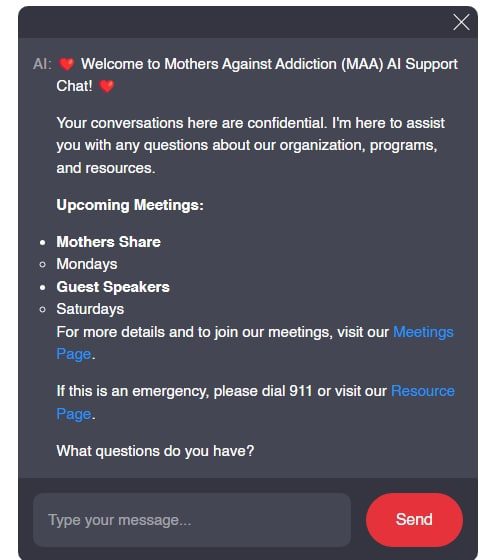Creating a safe home environment is vital for families dealing with addiction. It’s not just about making physical changes but also about fostering emotional and psychological security. Addiction impacts everyone in a household deeply, rippling through daily life and relationships. Let’s explore some effective strategies to help create a safe and nurturing home environment for your loved ones.
Understanding the Importance of Creating a Safe Home Environment
Grasping the essence of creating a safe home environment requires recognizing its multifaceted nature. Safety extends beyond physical measures to include emotional, psychological, and even financial aspects. Knowing this can better prepare you for customizing your approach to your unique family dynamics, ensuring every member feels supported and secure.
1. Secure and Monitor Medications and Substances
One of the foremost steps in creating a safe home environment is securing medications and substances. With the ongoing opioid crisis, this is more crucial than ever. Misuse of prescriptions can begin easily if medications are within reach.
- Example: Locking Up Solutions by the Arizona Rx Lock and Safe provides specialized lockable storage options for medications, offering a practical way to keep prescriptions secured.
Implementing such measures reduces the risk of substance misuse and helps maintain order in the home.
| Aspect | Action/Recommendation | Benefits |
|---|---|---|
| Railings and Banisters | Ensure railings and banisters are properly secured and maintained. | Prevent falls and accidents. |
| Rug and Carpeting Safety | Fasten rugs and carpeting securely to the floor. | Reduce tripping hazards. |
| Non-Skid Treads | Install non-skid treads on stairs. | Improve traction and prevent slips. |
| Clutter-Free Areas | Keep stairways and halls free of toys, bicycles, brooms, pails, and other loose items. | Ensure safe and clear walking paths. |
| Lighting | Ensure adequate lighting in stairways, halls, and other frequently used paths. | Improve visibility and reduce accidents. |
| Furniture Placement | Arrange furniture to allow clear passage and avoid creating obstacles. | Improve mobility and safety within the home. |
| Emergency Plan | Create and regularly update a family emergency plan. | Ensure preparedness for any unforeseen events. |
| Maintenance Checks | Regularly check and repair any damage or wear in the home environment. | Maintain a safe and hazard-free living space. |
2. Create Emotional Safe Zones
Home should be a sanctuary for emotional well-being. Establishing emotional safe zones provides family members, especially those in recovery, with areas where they can feel secure and relaxed.
- Example: Dedicate specific spaces for different emotional needs. You might have a quiet corner with warm lighting and comfortable seating for reflective moments and another area for family discussions.
These designated zones can be powerful tools for fostering emotional health and creating a supportive atmosphere.
3. Implement Technology for Monitoring and Support
Technology can be a valuable ally in creating a safe home environment. It offers a layer of security and support, especially if constant supervision isn’t possible.
- Example: Devices like the Amazon Echo Show 10, integrated with Alexa Guard, provide real-time security updates and emergency contacts. Additionally, these smart devices can remind family members about medication schedules and therapy appointments.
By using such technology, you can monitor the home environment efficiently and promptly address any concerns.
4. Engage in Open Communication
Open communication is the bedrock of a safe home environment. Transparent dialogues foster trust, reduce secrecy, and prevent misunderstandings.
- Example: Use tools like the Talking Points App to facilitate conversations about addiction and recovery. This ensures everyone feels heard and understood, creating a more cohesive and supportive family unit.
Open communication channels can significantly improve familial relationships and enhance overall emotional security.
5. Establish Healthy Routines
Creating and maintaining healthy routines gives structure and predictability, which are essential for families dealing with addiction. Routine activities inject a sense of normalcy and provide clear expectations.
- Example: Engage in activities like preparing meals together or regular exercise regimes using Peloton Digital Membership. These activities promote physical and mental well-being and can be integral to recovery.
Healthy routines can serve as a foundation for a stable and supportive home environment.
6. Foster Social Connections and Support Networks
Social isolation can worsen addiction issues. Encouraging healthy social interactions and building a strong support network are key elements.
- Example: Join local community groups or initiatives like Al-Anon Family Groups. These groups specifically support families affected by addiction and can provide invaluable assistance.
By fostering these connections, you can create an extended support system that benefits everyone involved.
7. Educate and Equip Yourself
Knowledge is power. Understanding addiction and recovery equips you to make informed decisions and identify early warning signs.
- Example: Online platforms like the Hazelden Betty Ford Foundation provide comprehensive resources, including courses and webinars on addiction education.
Being well-informed helps you navigate the challenges of addiction and recovery more effectively.
Consequential Actions and Ongoing Adaptations
Strategies for a safe home environment should evolve with the recovery journey. Addiction and recovery are dynamic processes requiring continual adaptation and responsiveness.
Communicating change to the entire family ensures everyone stays informed and can adjust accordingly.
Looking Forward: Sustaining a Safe Home Environment
Maintaining a safe home environment is an ongoing commitment requiring the active participation of all family members. From physical safety measures to fostering emotional security and leveraging technology, your proactive steps can make your home a stable, nurturing sanctuary.
Remember, creating a safe home environment is a continual labor of love that profoundly impacts every family member’s well-being. By diligently employing these strategies and remaining adaptable, you can strengthen family bonds and support recovery.
With consistent effort and compassion, you can transform your home into a true sanctuary, fostering resilience and healing. For more information on dealing with addiction and creating a safe home environment, resources from Mothers Against addiction can be invaluable. Embrace this journey with a commitment to safety, openness, and unending love.
At Mothers Against Addiction, we understand the intricacies families face in such challenging times. We’re here to offer support, resources, and a community united in overcoming addiction. Your journey matters, and together, we can create a safer, stronger home for everyone.
Creating a Safe Home Environment
When we talk about creating a safe home environment, the foundation lies in communication and awareness. It’s paramount to have open Conversations about Drugs And alcohol with your kids. This not only fosters trust but also equips them with the knowledge needed to make wise choices. But, did you know? Engaging in regular chats about these topics can reduce the likelihood of substance abuse in teens significantly! It’s surprising but true.
Practical and Emotional Safety
Now, let’s dive a bit deeper into the safety aspects. Start with the basics: your home’s physical safety. Whether it’s dealing with safeguarding the premises or discussing why california mortgage Advisors inc might be your next go-to for securing a comfortable living space, making these choices mindfully contributes to a safer environment. Not to mention, involving your kids in the process helps them appreciate the value of security and responsibility.
Trivia: Fun Facts
And here’s a quirky piece of trivia! Visiting interesting sites like the lugares de interés turístico can be an excellent way to bond and create memories, reinforcing familial ties. These adventures can serve as a healthy distraction from negative influences while cementing trust and openness within your family.
Early Interventions and Hobbies
Moreover, the importance of early intervention cannot be overstated. Addressing issues early on can prevent them from snowballing into bigger problems. On a lighter note, ever heard of Scorigami Nfl? It’s a unique phenomenon in football where every new final score hasn’t been seen in any previous NFL game. Similarly, encouraging your kids to engage in unique hobbies can give them a sense of accomplishment and diversion, aiding in a safe, happy home life. Lastly, encouraging different aspirations, like understanding What do You need To be a real estate agent, can also open doors to future aspirations and careers, keeping kids motivated and focused.
In essence, building a safe home isn’t just about bricks and locks, but about nurturing a relationship that thrives on trust, conversations, and shared activities. It can be as ‘cute’ as discussing what the angel Reese age represents in the context of perseverance and talent, showing that any age can bring about its own set of achievements and challenges.
By merging these elements, you’re not just creating a home, but a sanctuary where your family feels secure, valued, and understood.
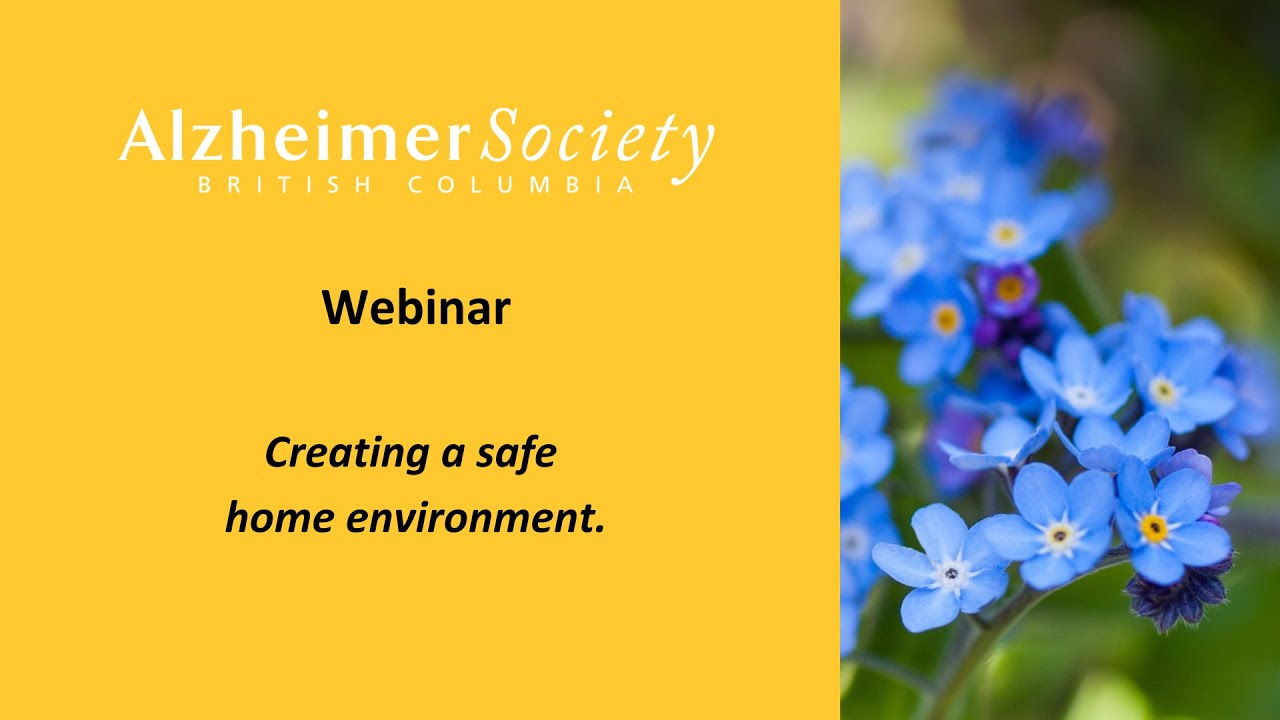
How do we create a safe environment at a house?
Install railings and banisters that aren’t too broad or close to the wall and keep them in good repair. Make sure rugs and carpets are fastened securely and use non-skid tread on stairs. Keep stairways and halls free from toys, bicycles, brooms, pails, and any other loose items that might cause tripping.
How can you make home a safe place?
Pay attention to things like secure railings, well-fastened rugs, and non-skid treads on stairs. It’s also crucial to keep common areas clear of clutter, including toys and household items, to avoid accidents.
What are the components of a safe home environment?
Keep the main walkways and staircases free of loose objects. Properly install and maintain railings and banisters, and ensure rugs and carpets are securely fastened. Adding non-skid treads to stairs can also help prevent slips.
How do you create a safety environment?
Making your home safe involves ensuring all railings and banisters are in good condition and not placed too close to walls. Rugs should be fastened securely, and non-skid treads should be used on stairs. Remove any loose items from stairways and halls to prevent tripping.
How to create a healing space in your home?
Create a space that promotes healing by decluttering and organizing it properly. Ensure safety features like secure railings and banisters, non-skid treads for stairs, and well-fastened rugs. These small changes can make a big difference.
How to create a stable home environment?
A stable home environment includes attention to safety details like well-maintained railings, securely fastened rugs, and non-skid stair treads. Keeping common areas free from loose items like toys and household tools adds to the stability.
How can you make your house safe?
Ensure your house is safe by maintaining railings and banisters and making sure they’re not too broad or close to the wall. Keep rugs and carpets securely in place, use non-skid treads on stairs, and keep walkways free of clutter.
How do I turn my house into a safe house?
To transform your house into a safe space, focus on the basics: secure railings and banisters, fastened rugs, non-skid treads for stairs, and clutter-free hallways and staircases.
What are the 5 safety rules at home?
Top home safety rules include maintaining railings and banisters, securely fastening rugs, using non-skid stair treads, keeping common areas free of clutter, and regularly inspecting your home for potential hazards.
What is an unsafe home environment?
An unsafe home environment usually lacks basic safety measures like secure railings, non-skid stair treads, and well-fastened rugs. Clutter in walkways and poor maintenance can also contribute to accidents.
What is an example of safe environment?
An example of a safe environment features secure railings and banisters, fastened rugs, non-skid stair treads, and clear, clutter-free common areas. Regular maintenance is key to sustaining safety.
What makes a good safe house?
A good safe house includes well-maintained railings and banisters, securely fastened rugs, non-skid stair treads, and clutter-free hallways. Regular checks and maintenance are critical for ensuring ongoing safety.
How do you create a safe and welcoming environment?
A safe and welcoming environment starts with secure and properly placed railings and banisters, well-fastened rugs, non-skid stair treads, and clutter-free walkways. Keeping things in good condition makes the space inviting.
How do you create an emotionally safe environment?
Creating an emotionally safe environment involves physical safety measures like secure railings, fastened rugs, and clutter-free spaces, alongside promoting open communication and support within the home.
How do you create a safe and nurturing environment?
A safe and nurturing environment includes proper safety precautions like secure railings and banisters, well-fastened rugs, non-skid stair treads, and clutter-free areas, combined with a caring and supportive atmosphere.
How can we create a safe living environment?
Creating a safe living environment involves securing railings, using non-skid stair treads, fastening rugs, and keeping common areas free of clutter. Regularly checking and maintaining these elements enhances safety.
How do we make our environment safe?
To make our environment safe, we need to focus on basic safety features like well-maintained railings, non-skid stair treads, securely fastened rugs, and clutter-free common areas. Maintenance is key.
What creates a safe environment?
A safe environment is created by ensuring railings and banisters are secure, using non-skid stair treads, fastening rugs properly, and keeping common areas free of loose items. Regular maintenance helps sustain safety.
How to create a better environment at home?
A better home environment comes from securing railings and banisters, using non-skid treads on stairs, fastening rugs, and maintaining clutter-free hallways and staircases. Regular checks and maintenance are essential.

